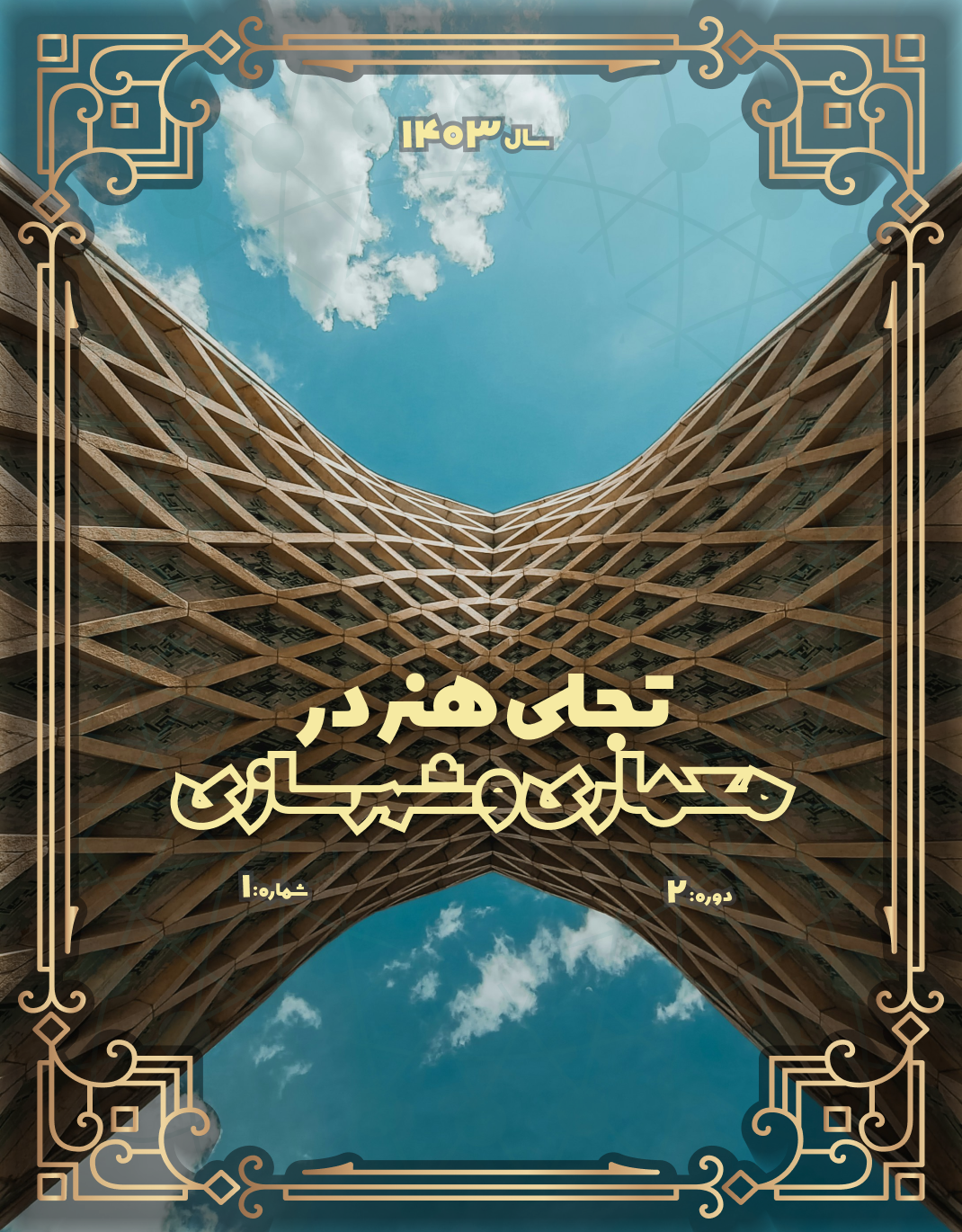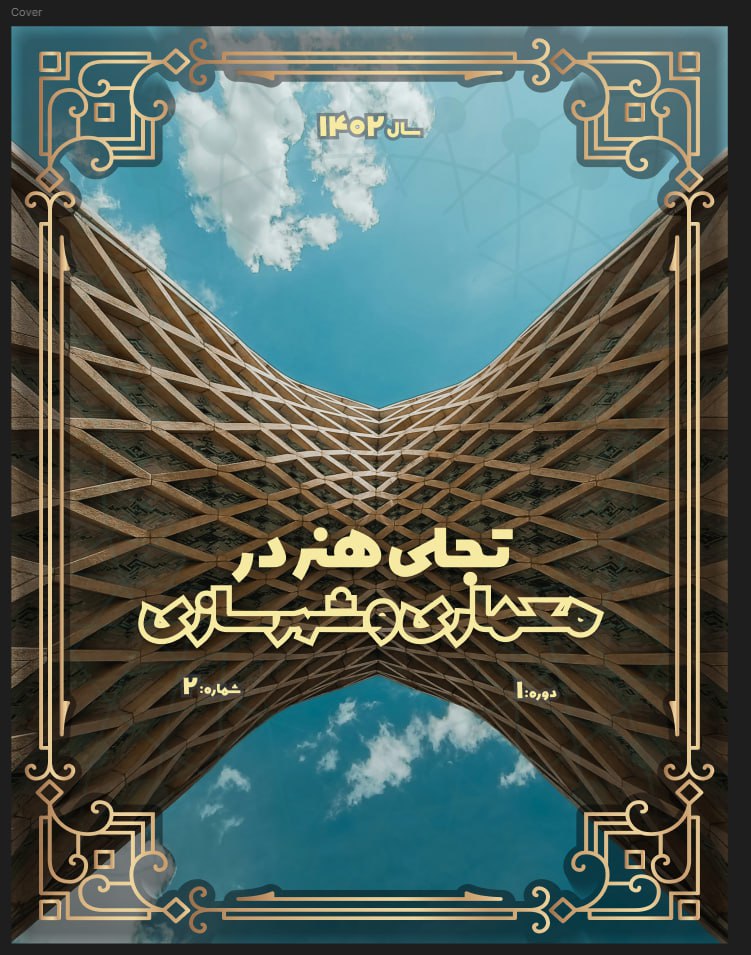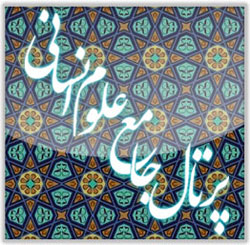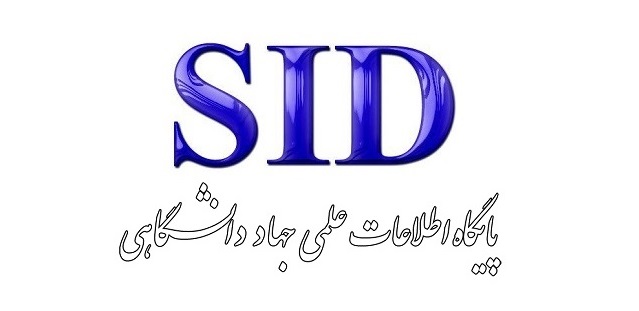The Effect of Color Palettes in Urban Spaces with Emphasis on Enhancing Sense of Place (Case Study: Falak-ol-Aflak Street in Khorramabad)
Keywords:
Color Palette, Urban Spaces, Enhancing Sense of Place , IdentityAbstract
In today’s world, a portion of knowledge and environmental perception is mediated through the elements of color and form. Diverse colors evoke various emotional responses in humans. By utilizing the element of color, dynamic and diverse spaces can be created at different times of the day and night. The proper and appropriate application of colors in urban spaces enables the definition of a systematic and identity-rich pattern for the entire city. Colors can serve as definers of urban spaces and help distinguish between them. For people, colors act as visual cues, enhancing clarity and legibility within urban environments. Accordingly, the unintentional or uninformed use of color meanings and content may result in instability and ambiguity in the quality of urban spaces—a challenge currently faced by modern cities. The primary objective of this research is to examine the psychological and aesthetic impacts of the color element in improving the sense of place. Through the accurate and purposeful use of color, it is possible to preserve the historical character of a city while also responding to citizens’ needs. This study employed a "descriptive–analytical" research methodology and a "literature and archival review" strategy, alongside case study methods, field observation, and data collection through on-site studies. Specialized color software programs including Color Impact, Color Picker, and BacslCColor Catch were utilized to extract the color spectrum in order to develop a color palette aligned with the city's identity and historical monuments. This study aims to clarify the role of color in urban spaces and the factors that shape color within these environments, ultimately formulating a suitable color palette for the city. The findings of this research indicate that within each urban space, appropriate examples related to existing color qualities can serve as models for future urban design. Developing a color palette represents an effort to apply the color element purposefully and rationally across various urban spaces.
Downloads
References
1. Urland A. The Impact of Color on Urban Space Quality. Journal Urban Space: Motion-Emotion. 2019:89-100.
2. Nguyen L, Embrechts J, Teller J. Color in the city: a chromatic typology for the quantitative analysis of spatial coherence. Journal Landscape Research. 2019;45(1):44-62.
3. Dabbagh E. The Effects of Color and Light on the Beautification of Urban Space and the Subjective Perception of Citizens. International Journal of Engineering Science Inventio. 2019;8(3):20-5.
4. Jing Y, editor Color Research in Urban Planning. Proceedings of the 2018 7th International Conference on Energy and Environmental Protection (ICEEP 2018); 2018.
5. Gou A. Method of Urban Color Plan Based on Spatial Configuration. Journal Color Research & Application. 2011;38(1):65-72.
6. Collette JP, Nguyen L. Urban development colors and practices. Les Cahiers de l'Urbanism. 2006:59-60.
7. Hosseinioun S. Color in the City from the Perspective of Urban Design. Monthly Journal of Municipalities. 2003(39):14-20.
8. Mahmoodi K, Shakibamanesh A. Principles and Fundamentals of Color Theory in Architecture and Urbanism. Tehran: Tahaan Publications; 2009.
9. Naderi Garzaldini M, editor The Impact of Color on Urban Landscape Quality. First International Conference and Third National Conference on Sustainable Architecture and Urban Landscape; 2016.
10. Talebi N, Farrokhi M. The role of light and color in urban beautification and its impact on city perception. Environmental journals of the sixth period. 2017(6-11):6-11.
11. Ghoddosi M. The Application of Natural Colors in Urban Landscaping. Journal of Municipalities. 2001(23).
12. Ardshir MH, Molavi M, Behzadpour M, Reza Khani J, Azad M. Examining the Impact of Color in Urban Spaces with Emphasis on Enhancing Sense of Place (Case Study: Imam Khomeini Street and Ghal'e Falakolaflak Street in the Falakolaflak Castle Area of Khorramabad) Explaining How to Create Sense of Place and Spirit of Place in Historical Mosques of Iran. Research in Civil Engineering and Architecture of Iran. 2023(17):1-22.
13. Rouhani G. Designing Gardens and Creating Green SpacesPB - Comprehensive Culture Publications. Tehran1992.
14. Lenclos JP. Living in color color for Architecture. London Studio Vista1977.
15. Moroto J. Translating colors in Website Location. 2001.
16. Tefca M. La Couleur, Mode d Employ. 2008.
17. Navaei H. The Role of Color in Today's Social Concepts. Specialized Monthly Journal of Landscape. 2010(10).
18. Salerno R, Khalili R. The Role of Color in Sense of Place: Politecnico Milano; 2019.
Downloads
Published
Submitted
Revised
Accepted
Issue
Section
License
Copyright (c) 2024 محمد هادی اردشیر (نویسنده); مهرناز مولوی

This work is licensed under a Creative Commons Attribution-NonCommercial 4.0 International License.










